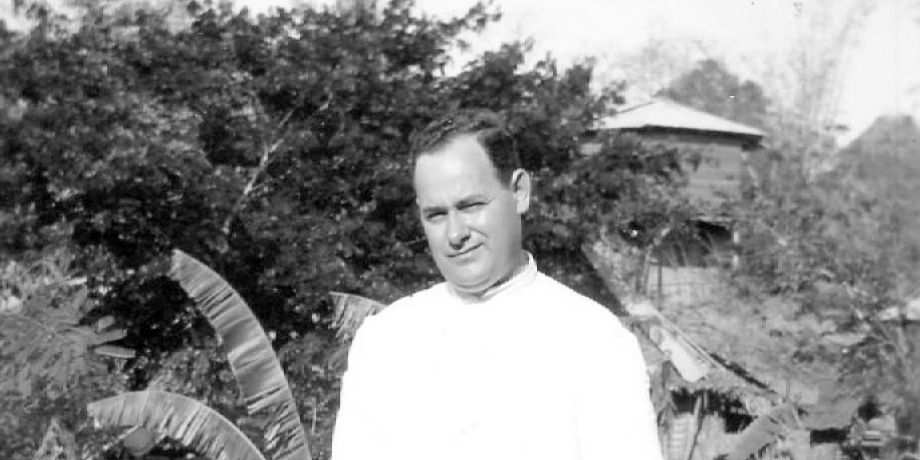
For 100 years the Missionary Society of St. Columban has faithfully taken God's message of hope and salvation to the poor and oppressed in faraway countries. During this time, Columban benefactors have made building God's Kingdom here on earth possible by their steadfast prayers and support.
Below is a list of Columban mission countries:
1918 – China
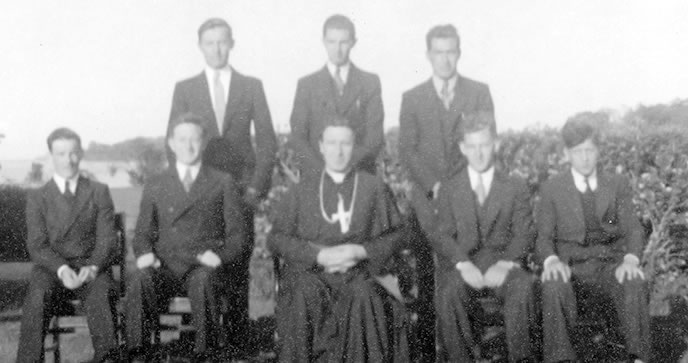
The Missionary Society of St. Columban was founded in 1918 by Bishop Galvin and Fr. Blowick as he "Maynooth Mission to China." Fr. Edward Galvin dreamed of travelling to China as a missionary, and he arrived in Hangchow, China, in 1912. Fr. Galvin was appalled by the spiritual poverty in China and began the defining work of his life to bring the news of Jesus Christ and His message of salvation to China. On June 29, 1918, the society was formally approved and placed under the patronage of St. Columban. From 1921 to 1950, the Communists and the Nationalist Chinese Army waged war, and it was against this backdrop that Fr. Galvin was consecreated as the Bishop of Hanyang in 1927. Bishop Galvin led his Columban missionaries through the nightmare of war as well as disease, floods, famine and other suffering. The Communists seized control of China in 1949, and by 1954, all 146 Columbans were expelled. However, the Columbans' vision of missionary work extended beyond China.
1924 – Columban Sisters
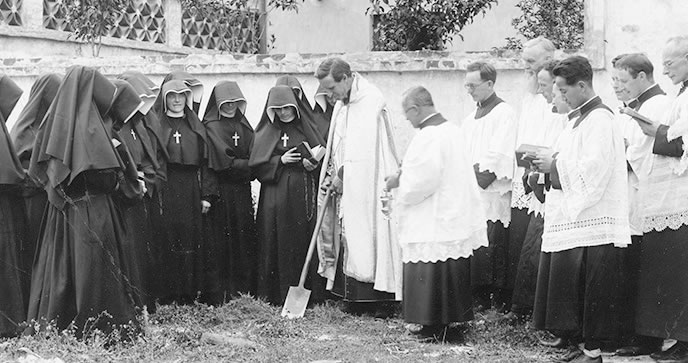
The Columban Sisters are a congregation of missionary religious women whose commitment to God leads them to cross boundaries of culture, language and belief to proclaim the Good News of Jesus in today's world. The Columban Sisters were founded in Ireland in 1924, six years after the Columban Fathers were founded. The Sisters' first overseas mission was to China to help the Columban Fathers.
Pastoral Outreach/Presence. Columban Sisters visit people in their homes, in prisons, in hospitals and wherever people suffer and need support.
Education. This service takes many forms, including teaching theology and scripture, early childhood education, teaching English as a second language and working with mentally and physically challenged people.
Medical. The Sisters serve the basic health needs of the poor. They provide programs for the terminally ill, the elderly and people suffering from HIV/AIDS.
Faith Formation and Spirituality. The Sisters work in special programs and parish settings with people seeking to deepen their relationship with God and better understand their faith. They work with basic Christian communities, catechetical programs and youth groups.
Justice and Peace. The Sisters involve themselves in issues that affect the human dignity of individuals and groups. They provide education and information on the realities of global inequality and support those who struggle for basic human rights.
Social Services. The Sisters work to provide counseling and support for those suffering from abuse, exploitation, and addiction.
1929 – Philippines

The growth of the Catholic Church in the Philippines since 1929 has been remarkable. Columbans serve the three major islands – Luzon, Negros and Mindanao—and continue to touch the lives of thousands of Filipinos. The Columbans have taken on new apostolates such as caring for handicapped children, ecological concerns, working with tribal people, peace initiatives between Muslims and Catholics and long-term programs designed to improve the lives of the Filipino people.
1933 – Korea
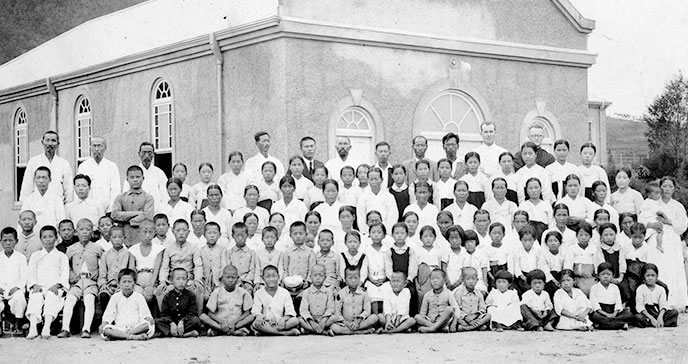
The Columbans entered Korea in 1933, and by the late 1950s there were approximately 250,000 Catholics. Today, that number stands around 10% of the population or five million people. The phenomenal growth of the Catholic Church in Korea occurred despite much adversity – the Japanese occupation, the Korean War and the military dictatorships of the 1970s and 1980s. With the goal of creating a self-reliant Church met, Columbans focus on promoting a better life for the poor and those deprived of basic human rights. Traditional parish work has given way to new ministries reaching out to the urban poor, workers, farmers, alcoholics, gamblers, and the disabled.
1936 – Myanmar
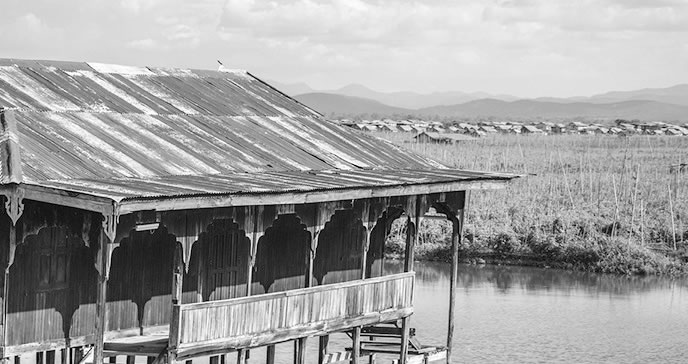
The Columban Fathers work in Myanmar began in 1936. Following the military junta's rise to power in 1978, new missionaries were prohibited from replacing those in the country. The local church has continued to progress and maintain friendships with local Catholics, and the Columbans have recently returned to Myanmar.
1948 – Japan
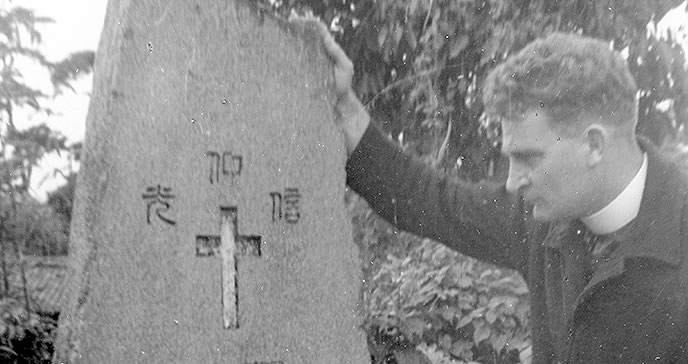
Shinto and Buddhism are Japan's major religions with Christianity representing just 1% of the population and Catholicism representing a fraction of that small number. The Columbans patiently nourish the faith of their people and continually reach out with the message of Christ's love through kindergartens, English classes, counseling programs, and marriage preparation programs.
1951 – Peru
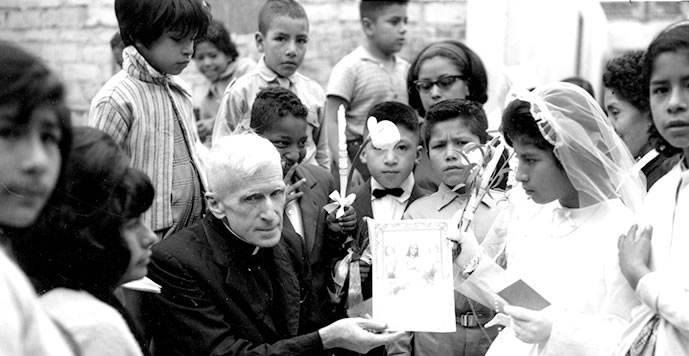
With severe social problems, pervasive poverty and widespread disease impacting so many Peruvians, Columbans have little time to dwell on the success they have achieved in Peru. Columbans focus their time and attention on meeting the material and spiritual needs of their parishioners.
1952 – Fiji
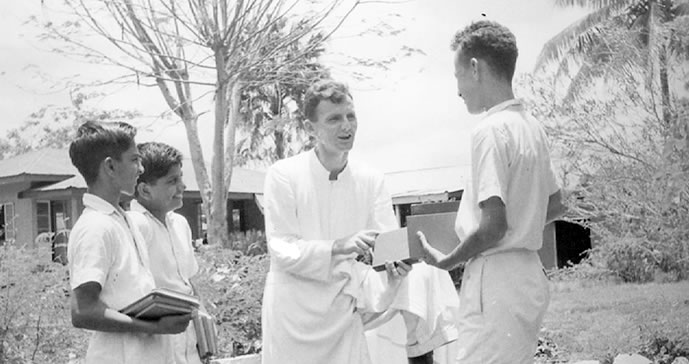
The Columbans answered the call of Bishop Victor Foley in 1952 and arrived on the island of Fiji. Prior to the Columbans arrival, the Marist Fathers had been working in Fiji since 1844. When the Society of Mary was unable to supply the island nation with all of the priests needed, the Columbans heeded the call. Currently serving numerous parish ministries, Columbans are contributing to the Fijian Church in other ways. Columbans actively engage the non- Christian Indo-Fijians with their apostolate; foster reconciliation between Fijians and Indians, staff their seminary and help with the lay missionary program.
1953 – Chile

Columbans work in Valparaiso, Copiapo, and Iquique in northern Chile and among the Mapuche people in southern Chile. Poverty and class distinctions create social unrest and hardship among Chileans.
1978 – Taiwan

Columbans work in a wide range of apostolates among factory workers, tribal peoples, disabled children, families and youth.
1979 – Pakistan
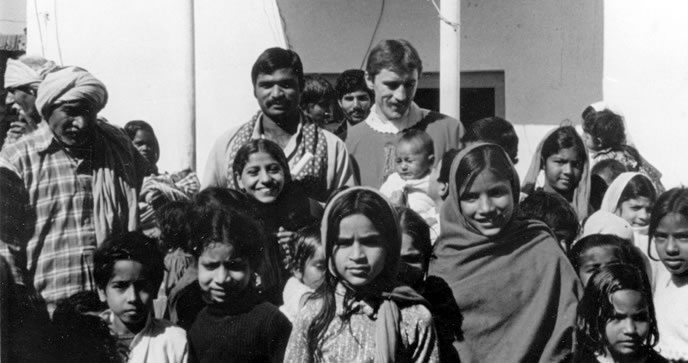
Although a predominantly Islamic nation, Columbans work among the poor, landless and illiterate in Lahore. Medical missions, such as tuberculosis clinics, are part of the work.
1999 – Mexico/U.S. Border

Mission at the U.S./Mexico Border began in 1999. At the Columban Mission Center in El Paso, Texas, we offer exposure programs to visiting groups and facilitate their contact with organizations and institutions related to U.S./Mexico border issues — poverty, migration and human rights. In addition, the Center is a venue for talks, courses and workshops for the local community. Columban missionaries live and serve the people of God in both Juarez, Mexico, and El Paso, Texas. We stand with the poor, the migrant and the victim of violence, living out our faith in the practice of ecological and social justice.
2008 – Hong Kong
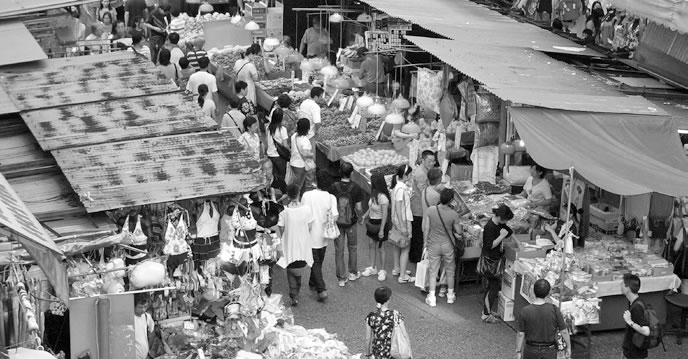
In 2008 the General Council of the Society moved from Ireland, where it had been located since our beginnings in 1918, to Hong Kong. This vibrant city is close to many of the countries where our missionaries are working.